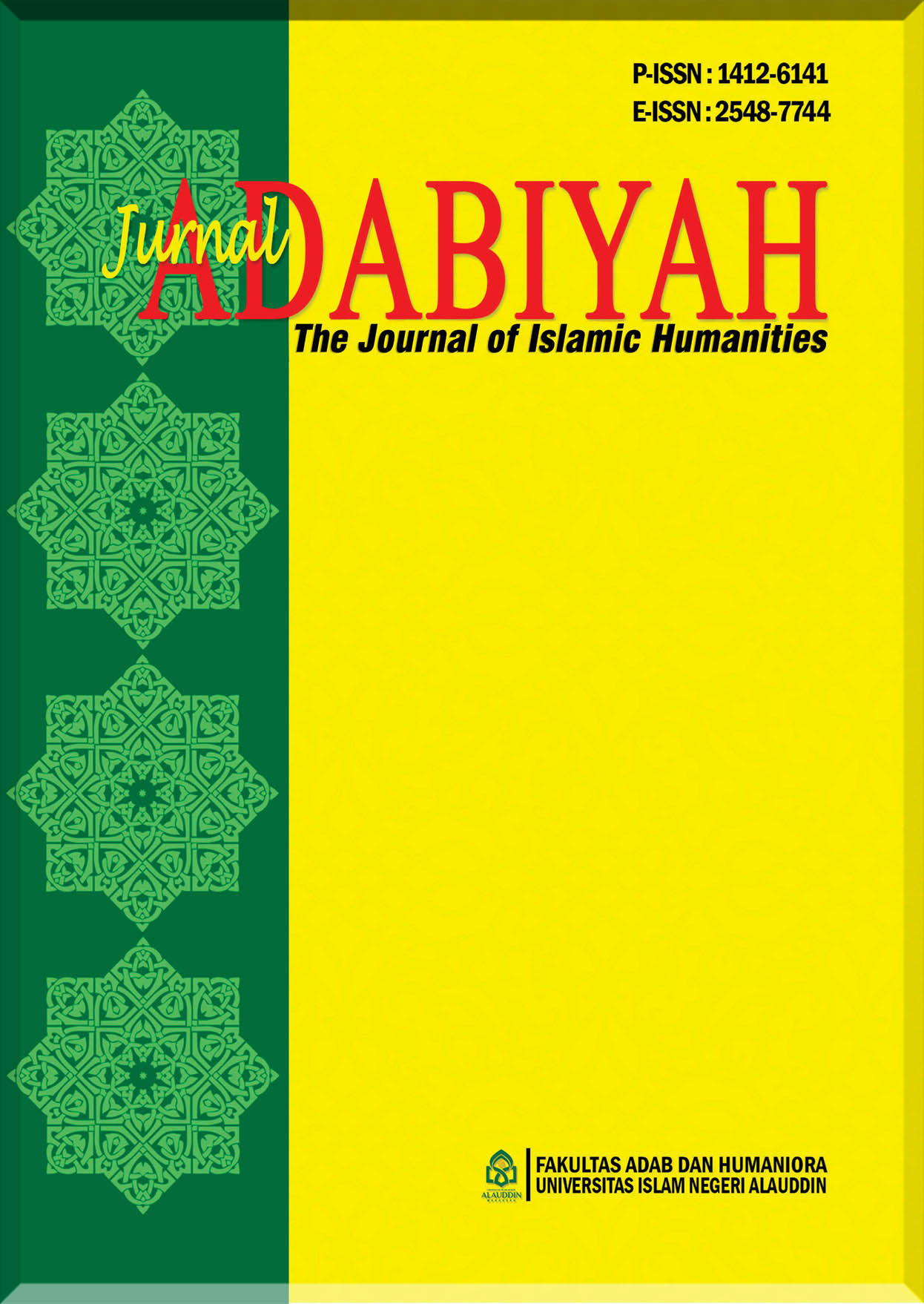Endogamy Marriage Tradition Of Sayyid Community In Sidenre Village, Binamu District, Jeneponto Regency
Main Article Content
Abstract
This article tried to find out some questions below, first, the way of martial processions of endogamy marriage at Binamu District of Jeneponto District. Secondly, the social impact of endogamy marriage. Thirdly, what is the sanction of disobeying the rules of endogamy marriage?. This research was qualitative descriptive which means to explore the phenomenon of endogamy marriage at Binamu of Jeneponto District This article was tried to reveal whether or not Sayye' community in the Sidenre Subdistrict still maintained the tradition of endogamy marriage (The marriage between clans or kinship among them). Sayye’ women were named as syarifah or sayyidah who were prohibited marrying with men who were not Sayye’ because they cannot continue their clan. Whereas men are not given clan or kinship restrictions in conducting marital relations (patriarchal system). Sayyid community maintained this tradition as an attempt to maintain their clan which they believe that they had lineage from the Prophet Muhammad Saw. This tradition is certainly faced many problems among mellinea society. Nevertheless, this tradition still existed among Sayye' community. The marriage of this tradition is the impact on the limitation in choosing a marriage partner which effected many syarifah or sayyidah became spinster, it also showed that there are some prohibition and limitation of interacting with other people, especially in establishing interpersonal with other clans. The sanctions for those who do not obey this tradition are isolated from the community or broke down the cognation genetic relationships.
Downloads
Article Details
COPYRIGHT AND LICENSE STATEMENT
COPYRIGHT
Jurnal Adabiyah is published under the terms of the Creative Commons Attribution license. Authors hold the copyright and retain publishing rights without restriction to their work. Users may read, download, copy, distribute, and print the work in any medium, provided the original work is properly cited.
LICENSE TO PUBLISH
1. License
The use of the article will be governed by the Creative Commons Attribution license as currently displayed on http://creativecommons.org/licenses/by/4.0.
2. Author’s Warranties
The author warrants that the article is original, written by stated author/s, has not been published before, contains no unlawful statements, does not infringe the rights of others, is subject to copyright that is vested exclusively in the author and free of any third party rights, and that any necessary written permissions to quote from other sources have been obtained by the author(s).
3. User Rights
Under the Creative Commons Attribution license, the users are free to download, reuse, reprint, modify, distribute and/or copy the content for any purpose, even commercially, as long as the original authors and source are cited. No permission is required from the authors or the publishers.
4. Co-Authorship
If the article was prepared jointly with other authors, the corresponding author warrants that he/she has been authorized by all co-authors, and agrees to inform his/her co-authors of the terms of this statement.
5. Miscellaneous
Jurnal Adabiyah may conform the article to a style of punctuation, spelling, capitalization, and usage that it deems appropriate. The author acknowledges that the article may be published so that it will be publicly accessible and such access will be free of charge for the readers.
References
Almasyhur, Alwi Idrus, Sekitar Kafa’ah Syarifah Dan Dasar Hukum Syari’ahnya, I (Jakarta: Yayasan Almustarsyidin, 2002)
Arikunto, Suharsimi, Prosedur Penelitian : Suatu Pendekatan Praktik (Jakarta: Rineka Cipta, 2002)
Duramae, Hussan. Perkawinan Sekufu Dalam Perspektif Hukum Islam (Studi Kasus di Daerah Napradu Provinsi Pattani ThailandSelatan), Jurnal Bilancia, Vol. 12 No. 1, Januari-Juni 2018)
Fajar.co.id, ‘Nikahi Pria Di Luar Komunitas Siap Dibuang Dari Keluarga’, 2017, p. FAJAR
Indah, Rezky Mulia, ‘Kedudukan Anak Perempuan Keturunan Sayyid Yang Menikah Dengan Laki-Laki Yang Bukan Keturunan Sayyid Terhadap Harta Warisan Orang Tua Di Desa Cikoang Kabupaten Takalar’ (Universitas Hasanuddin, 2017)
Koenntjaningrat, Beberapa Pokok Antropologi Sosial (Jakarta: Dian Rakyat, 1985)
Nata, Abuddin, Metodologi Studi Islam, XVII (Jakarta: Rajagrafindo Persada (Rajawali Pers), 2010)
Sztompka, Piotr, Sosiologi Perubahan Sosial, IV (Jakarta: Prenada, 2011)
Wasid, Menafsirkan Tradisi & Modernitas: Ide-Ide Pembaharuan Islam (Surabaya: Pustaka Idea, 2011)
Wignjodipoero, Soerojo, ‘Pengantar Asas-Asas Hukum Adat’ (Jakarta: Gunung Agung, 1984)

